
Garmin Edge 540 & 840
GPS Cycling Computers
Almost 4 years after the release of the Edge 530 and Edge 830, Garmin has stepped it up again. Introducing the Edge 540 and Edge 840 onto the market, trickle down technology from the flagship Edge 1040 model has been incorporated, bringing them bang up to date. Explore the two latest GPS cycling computers below.
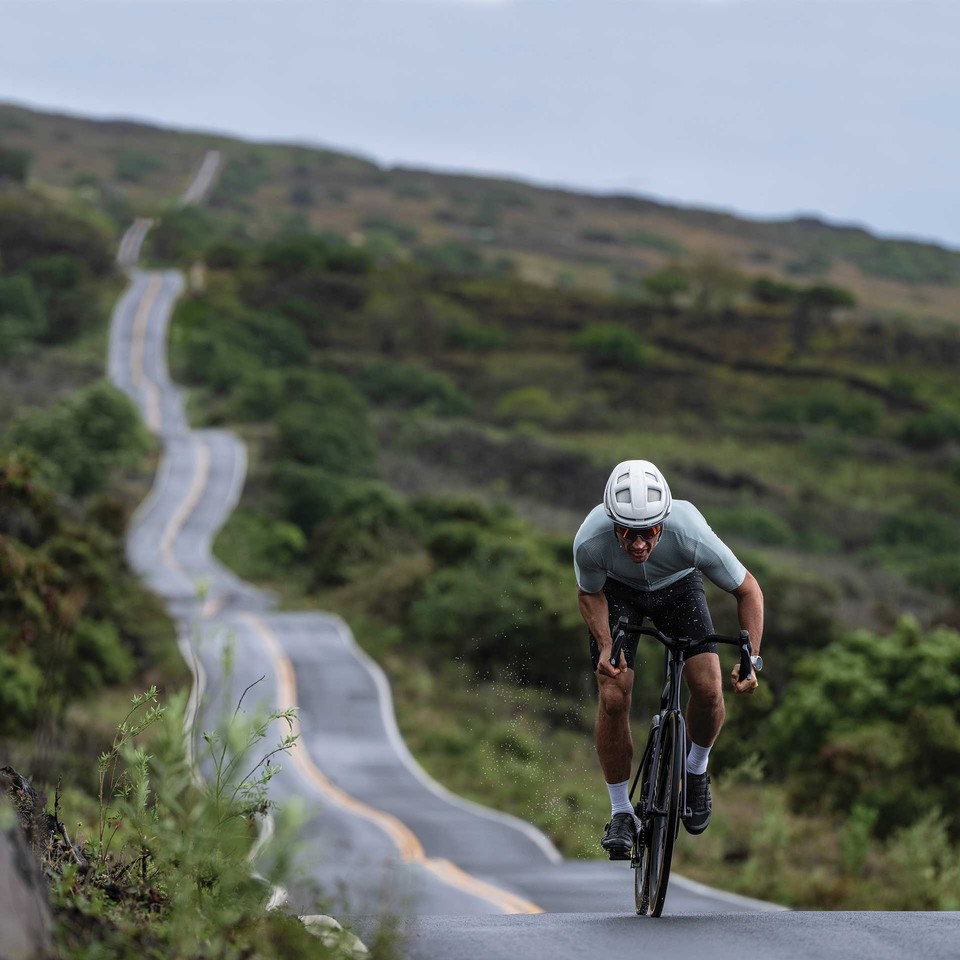
New Features in the Edge 540/840
Alongside the existing feature set seen in the previous 530 & 830 models, the Edge 540 & 840 have been updated to sit more in line with the top-end Edge 1040 model, in a smaller package. There are a number of new and updated training, performance tracking and navigational tools, and two models are available including a Solar charged version so you can harvest the sun's energy and ride for longer.
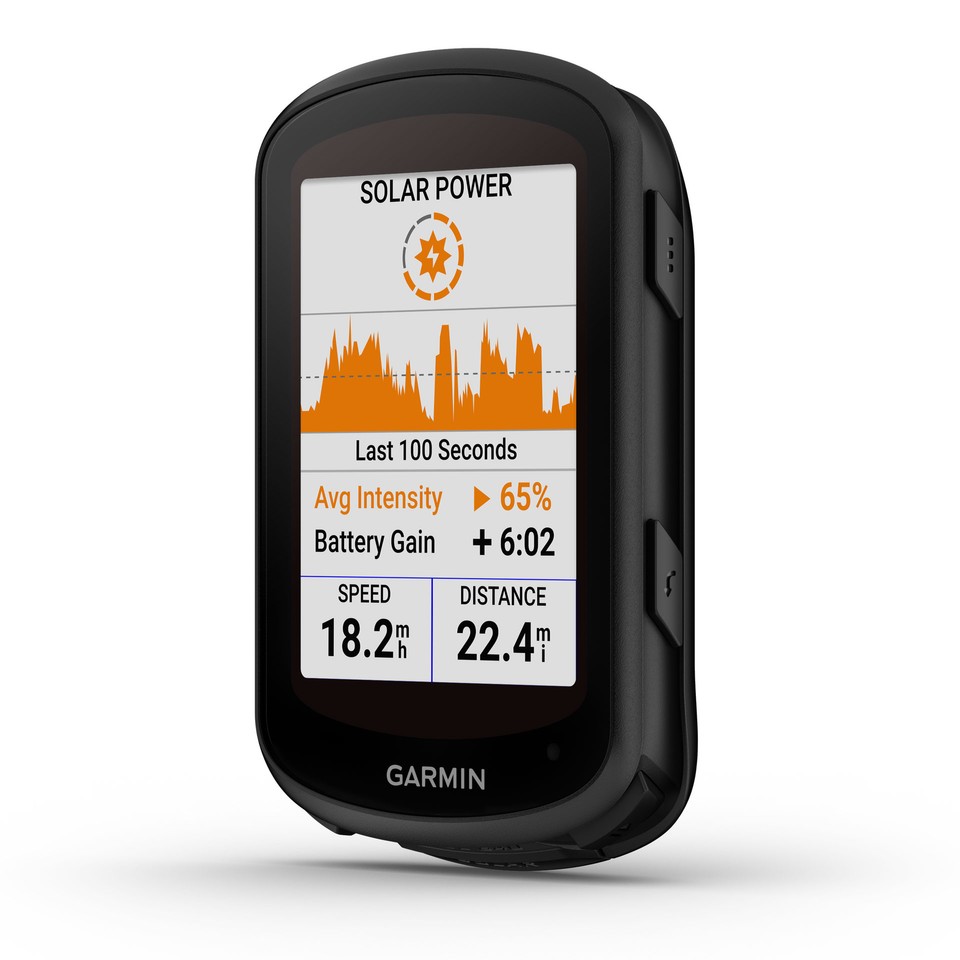
Multi-band GNSS
Dramatically increasing positional accuracy and coverage, multi-band GNSS (Global Navigation Satellite Systems) is the ultimate GPS system, and is particularly useful in remote or challenging areas such as under trees, in the mountains or in built-up places. The multi-band mode can be turned on and off, so in areas where it’s just not needed, you can save battery and switch to standard GPS mode.
Battery Life and Solar Charging
Both models are available in a Solar version, which is ideal for those not wanting to be limited by a single charge, or simply looking for a more eco-friendly option. The already excellent standard battery life is up to 26 hours (or 42 in battery saver mode), but Power Glass™ extends this to 32 hours (or 60 in battery saver mode) and, during the day, solar charging adds up to 25 minutes per hour in battery saver mode, topping up the battery as you ride. The sunnier the better!

ClimbPro
A feature that has been around for a while, ClimbPro ascent planner now functions independently from a pre-planned route. See the total elevation, remaining metres, the current gradient and a map of the complete gradient on a climb, allowing you to pace yourself correctly, even when you’re not using navigation.
Stamina Insights
In the pursuit of performance gains and race results, the Stamina feature is a fantastic real-time tool. It allows the user to track exertion and, importantly, manage it through a race or training session, preventing overexertion and the dreaded bonk. In short, it helps you pace yourself, showing you how far you can ride at a given intensity. It takes into account a number of factors, but does require previous workout data, a power meter and heart rate monitor for accurate results.
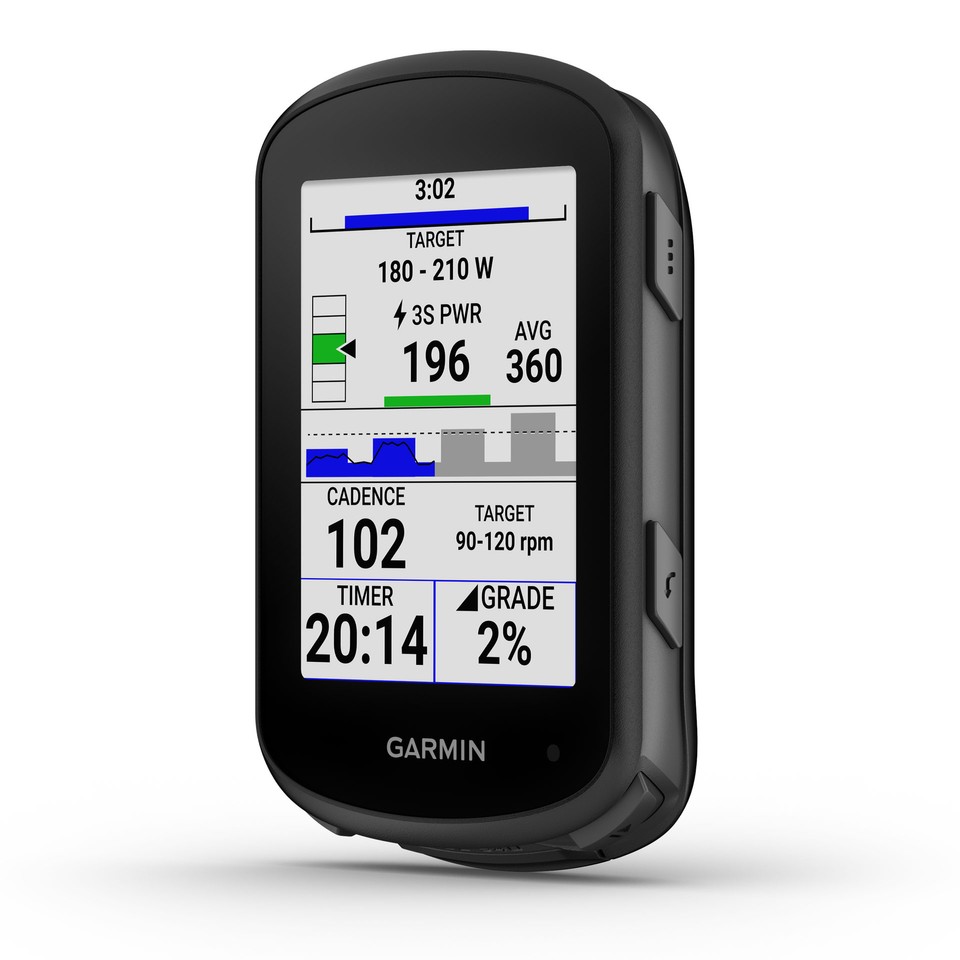
Power Guide
Using course and rider data, Power Guide can help a cyclist better manage their efforts, and will create personalised plans, providing targets for each section of a course such as uphills, downhills, and flats. Essentially a race plan, a power meter is required as is a pre-planned route or course.
Targeted Adaptive Coaching
Like having a coach, the unit will suggest workouts and training ideas, with personalisation based on training load, recovery, and upcoming events.
Cycling Ability
Powered by Firstbeat Analytics, the Cycling Ability tool indicates where your strengths lie and where you could improve. A profile is built from previous data, which determines rider type, so you'll be able to see if you're more of a sprinter, a climber or an all-rounder. Watch your athlete profile change as you work on your weakness.
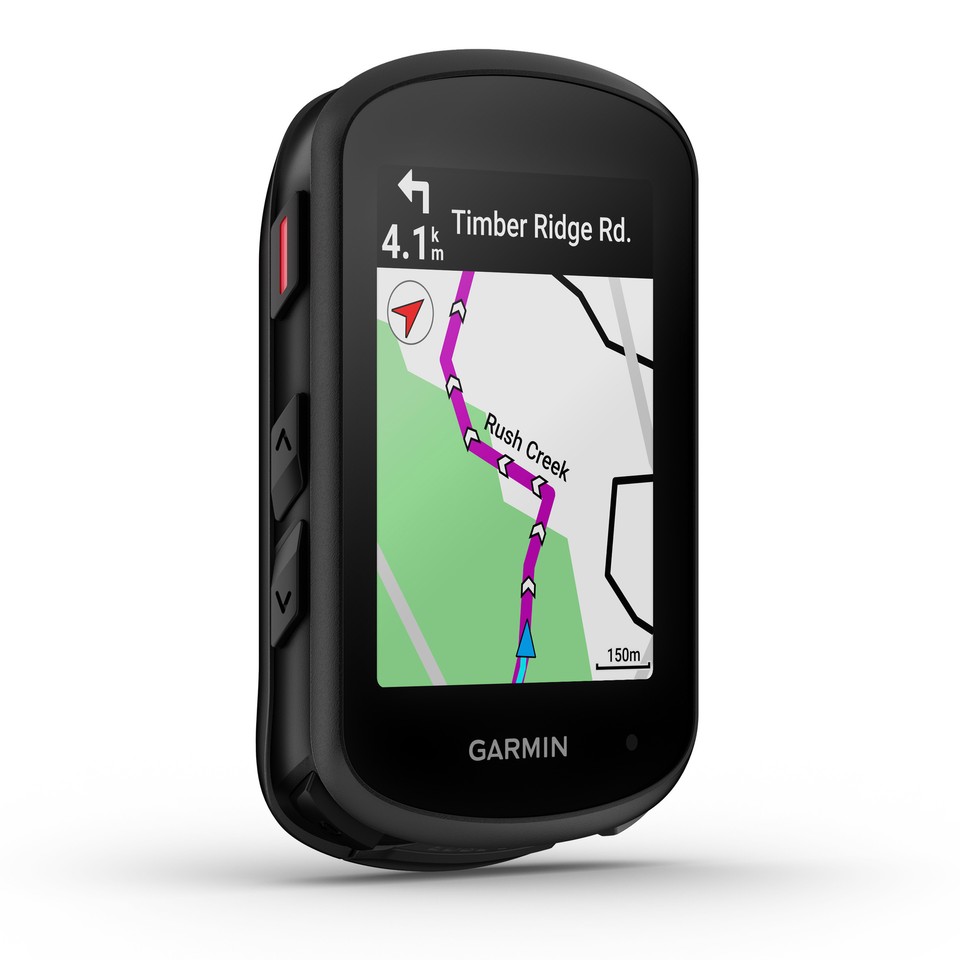
Updates
As well as all these new features, there have been a number of improvements. Setup is now more streamlined and functionality more intuitive.
Mapping has seen some changes too, and ride-type-specific maps highlight roads and trails popular with locals and you can search for specific points of interest, providing some insider knowledge of an area. If something interesting catches your eye, or you need to go off route for any reason, directions can be paused, and then started again when you’re ready to get back on track.
In the event of an incident, and when the unit is linked to a compatible smartphone, your location can be automatically sent to emergency contacts set up prior, and friends and family can track your entire ride or view a pre-planned course for additional safety wherever you’re heading.
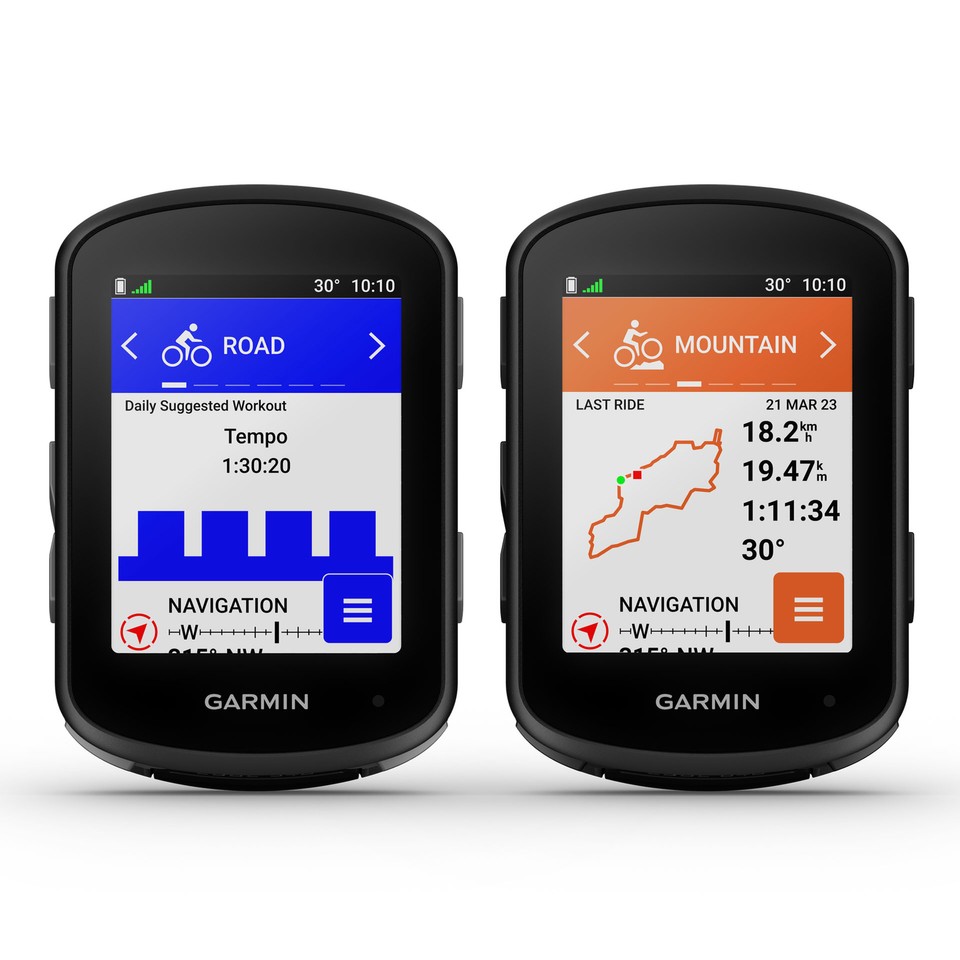
How do the units differ?
The Edge 500 and 800 Series cycling computers have always had a lot in common. This theme continues with the 540 and 840, and the units are exactly the same size, with a very slight weight difference.
The 840 has a 32GB internal memory, while the 540 is 16GB, and the former allows you to create a course on the device itself. So if mapping and exploration are your thing, you may wish to go for the higher memory Edge 840. One other difference is the interface itself, and the 540 features buttons whereas the 840 has a touchscreen and buttons, designed for easy roundtrip routing and address searches.
If you’re tempted by the Garmin Edge 540 or 840, you have a few options. The standard charging models of each are available unit only or as a performance bundle that includes a speed and cadence sensor, and a heart rate monitor. The Solar devices are available unit only.





